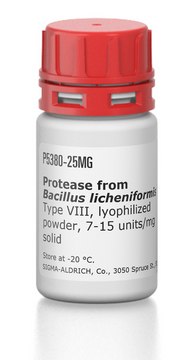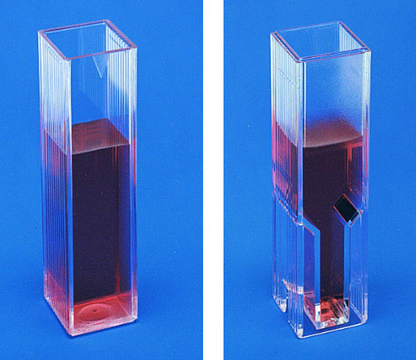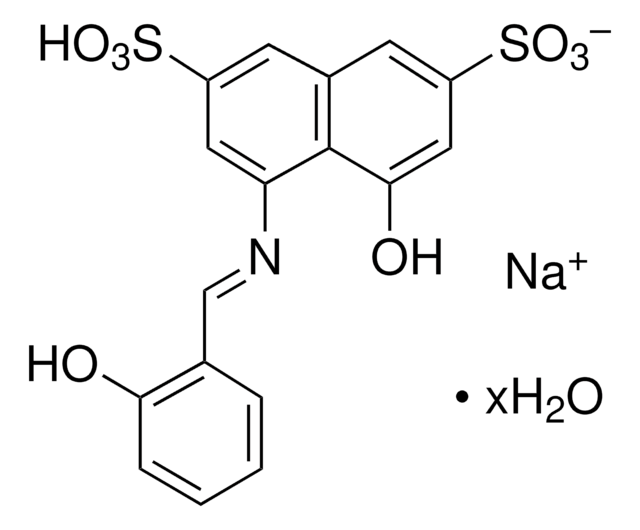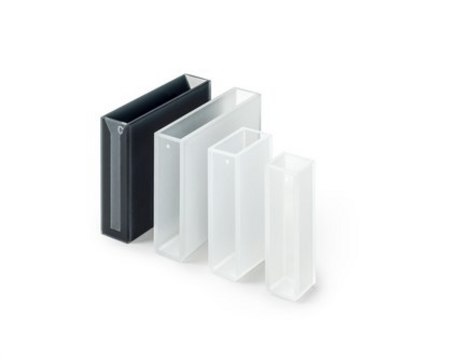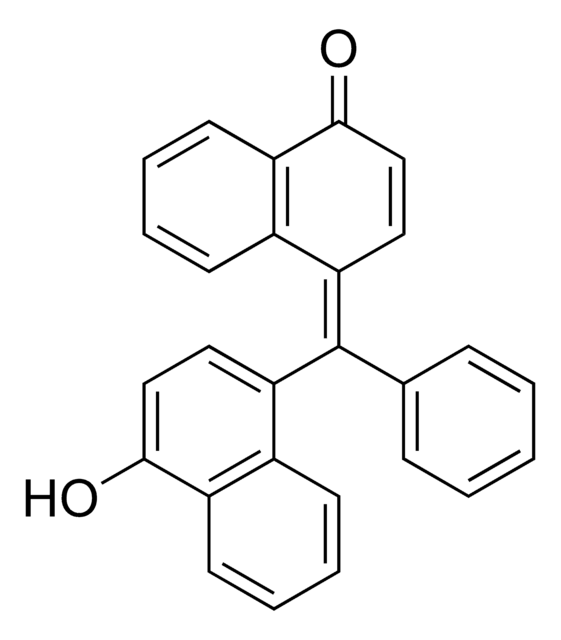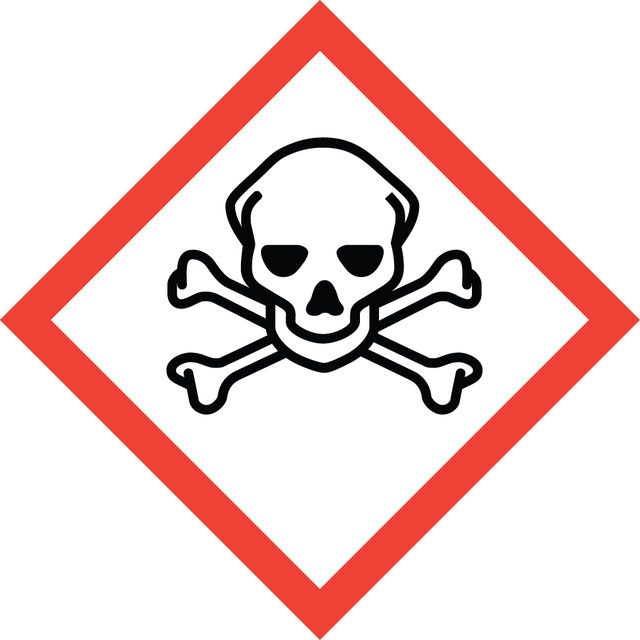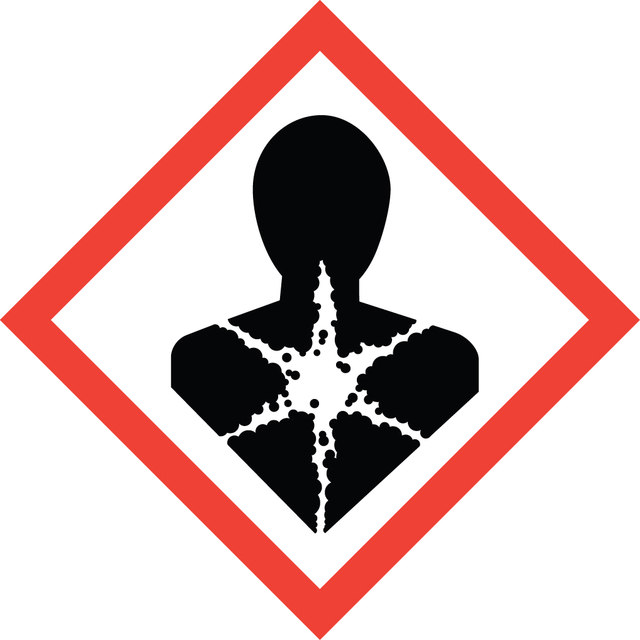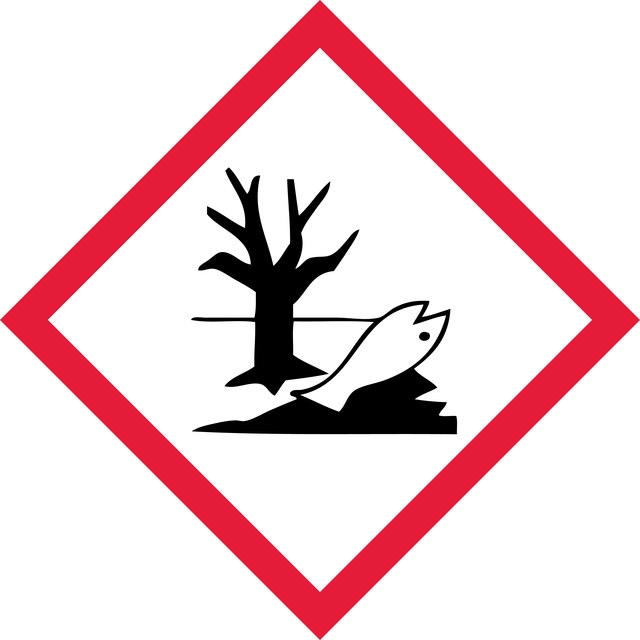481823
Mercury(II) thiocyanate
99.99% trace metals basis
Synonym(s):
Mercuric isothiocyanate, Mercuric sulfocyanide, Mercuric thiocyanate, Mercury di(thiocyanate), Thiocyanic acid, mercury(II) salt
About This Item
Recommended Products
Assay
99.99% trace metals basis
form
powder
technique(s)
NMR: suitable
impurities
≤110 ppm Trace Metal Analysis
mp
165 °C (dec.) (lit.)
density
3.71 g/mL at 25 °C (lit.)
SMILES string
N#CS[Hg]SC#N
InChI
1S/2CHNS.Hg/c2*2-1-3;/h2*3H;/q;;+2/p-2
InChI key
GBZANUMDJPCQHY-UHFFFAOYSA-L
Looking for similar products? Visit Product Comparison Guide
Application
Disclaimer
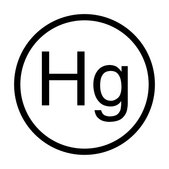
Signal Word
Danger
Hazard Statements
Precautionary Statements
Hazard Classifications
Acute Tox. 1 Dermal - Acute Tox. 2 Inhalation - Acute Tox. 2 Oral - Aquatic Acute 1 - Aquatic Chronic 1 - STOT RE 2
Supplementary Hazards
Storage Class Code
6.1A - Combustible acute toxic Cat. 1 and 2 / very toxic hazardous materials
WGK
WGK 3
Flash Point(F)
248.0 °F - closed cup
Flash Point(C)
120 °C - closed cup
Regulatory Information
Choose from one of the most recent versions:
Already Own This Product?
Find documentation for the products that you have recently purchased in the Document Library.
Our team of scientists has experience in all areas of research including Life Science, Material Science, Chemical Synthesis, Chromatography, Analytical and many others.
Contact Technical Service
